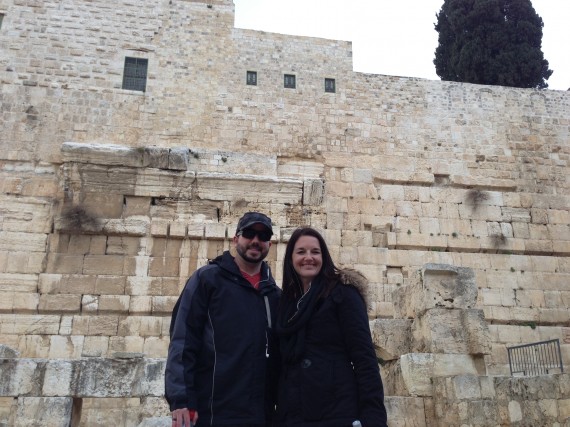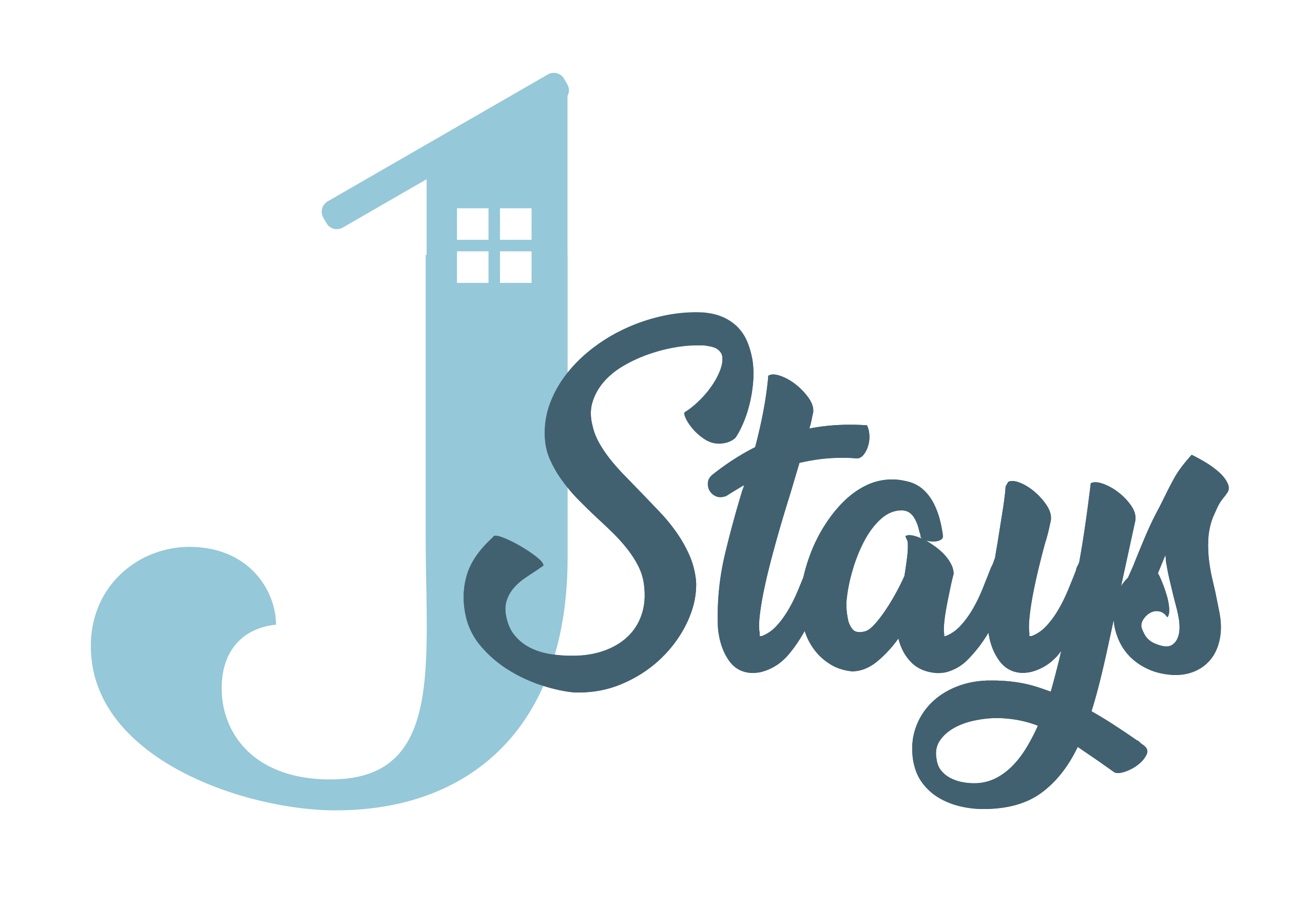Israel (Day 8)
Between our travel time and jet-lag kicking in with full force, this post is off schedule from the rest of the others. Our last day in Israel was just as busy as the rest and then we boarded a long flight for home at the end of it. I’m glad I didn’t know when we boarded that our flight from Israel would be the worst landing I’ve ever experienced once we touched down in Philadelphia. Many people in our group used the complimentary sick bags on this flight and I managed to hold in my breakfast by the grace of God alone. This helped us to feel the raw nature of our “pilgrimage.”
On our last day we got to visit the part of Jerusalem known as the ancient city, or the City of David. This is the part that David established when he conquered the city from the Jebusites when it was called Zion. This was especially cool to see and imagine history in this place.
The king and his men marched to Jerusalem to attack the Jebusites, who lived there. The Jebusites said to David, “You will not get in here; even the blind and the lame can ward you off.†They thought, “David cannot get in here.†Nevertheless, David captured the fortress of Zion—which is the City of David. On that day David had said, “Anyone who conquers the Jebusites will have to use the water shaft to reach those ‘lame and blind’ who are David’s enemies.†That is why they say, “The ‘blind and lame’ will not enter the palace.†David then took up residence in the fortress and called it the City of David. He built up the area around it, from the terraces inward. And he became more and more powerful, because the Lord God Almighty was with him. (2 Samuel 5:6-10)We also found here what archeologists consider to be the most ancient toilet ever found. It seems David had the priorities covered. If you keep walking through the City of David you walk through some ancient tunnels that king Hezekiah built and you end up at the pool of Siloam. This was a pool known for healings and we know that Jesus incorporated it Himself.
After saying this, he [Jesus] spit on the ground, made some mud with the saliva, and put it on the man’s eyes. “Go,†he told him, “wash in the Pool of Siloam†(this word means “Sentâ€). So the man went and washed, and came home seeing. (John 9:6-7)The picture below shows the original steps leading into the pool that this man from John chapter nine would have walked down. It was an incredible place to see since it is so well preserved and so easy for your imagination to take you back. After this we headed over to the house of Caiaphas. If you remember, Caiaphas was the high priest when Jesus was sentenced to be killed. The place where his house sits overlooks an incredible view of the city. On the right of the picture below you can also see the fields of blood that were bought with the money that Judas received for betraying Jesus.
When Jesus had finished saying all these things, he said to his disciples, “As you know, the Passover is two days away—and the Son of Man will be handed over to be crucified.†Then the chief priests and the elders of the people assembled in the palace of the high priest, whose name was Caiaphas, and they schemed to arrest Jesus secretly and kill him. “But not during the festival,†they said, “or there may be a riot among the people.†(Matthew 26:1-5)Our guide, Kobi, also took some time to explain the last hours of Jesus before crucifixion and where He went throughout the city of Jerusalem. This was so valuable of an explanation that I had him do it a second time so I could get it on video. You can hear the call to pray in the background for added authenticity. At the basement level of the house of Caiaphas is a dungeon. While at first this may seem odd, this makes sense with the role that the high priest would play. They believe that this is the place where Jesus was held during the night of His arrest. It is an incredibly erie feeling to be down there and to imagine the agony of what He experienced while He was there. We read Psalm 88 together while our group was in there to put things in perspective.
Lord, you are the God who saves me; day and night I cry out to you. May my prayer come before you; turn your ear to my cry. I am overwhelmed with troubles and my life draws near to death. I am counted among those who go down to the pit; I am like one without strength. I am set apart with the dead, like the slain who lie in the grave, whom you remember no more, who are cut off from your care. You have put me in the lowest pit, in the darkest depths. Your wrath lies heavily on me; you have overwhelmed me with all your waves. You have taken from me my closest friends and have made me repulsive to them. I am confined and cannot escape; my eyes are dim with grief.(Psalm 88:1-9a)Next we headed over to what’s known as the Garden Tomb. This is an alternative site to the Church of the Holy Sepulcher that we saw on day six as the place where Jesus may have been killed and buried.
As they were going out, they met a man from Cyrene, named Simon, and they forced him to carry the cross. They came to a place called Golgotha (which means “the place of the skullâ€). There they offered Jesus wine to drink, mixed with gall; but after tasting it, he refused to drink it. When they had crucified him, they divided up his clothes by casting lots. And sitting down, they kept watch over him there. Above his head they placed the written charge against him: this is Jesus, the king of the Jews. (Matthew 27:32-37)They believe this may be the original site because the side of the cliff really does look like a skull when viewed from afar. They have original photos that show this but now there are buildings that make it harder to see. For example, the place where they think might have been the actual crucifixion spot is now a parking lot for buses. This illustrates well one of the bizarre realities of seeing the Holy Land for yourself. It is great to see the spots but it is rarely how you imagined it. The picture below shows the Golgotha cliff on the left and the parking lot on the right. At this same site they have a tomb that could have been the one that Jesus was laid into for the weekend. Inside the tomb they have a sign that puts it all into perspective. Regardless of the tradition and whether any of the holy sites are the real sites where the events happened, the important thing to remember is that they did happen!
   Click here to read all of my posts from this Israel trip.
Do You Want to Read the Bible Without Falling Behind?
Sign up your email and I’ll send you a PDF to download and use my custom-made reading plan system. There’s no way to fall behind on this system and every day will be different no matter how long you use it!
I’ll send future content directly to your inbox AND you can dive into the Bible like never before.













